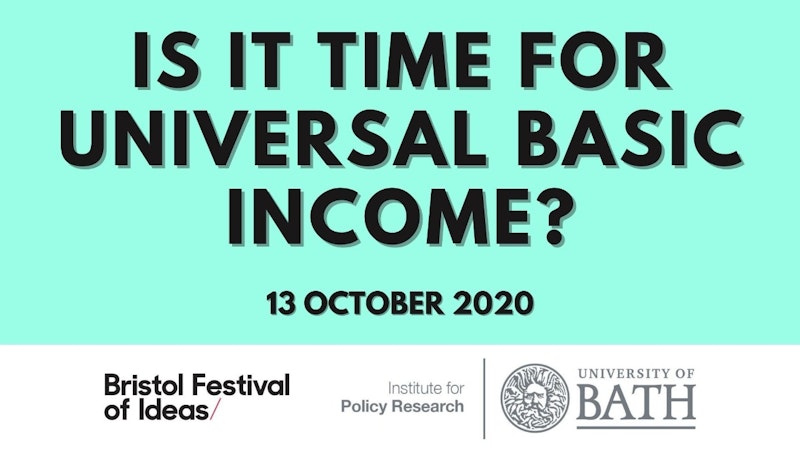bendog
Diamond Member
time.

 www.politico.com
www.politico.com
public school down here starts up next week or before Aug 1. Low skill workers are still not to be found, even though the state stopped expanded UI two months ago. I'll be interested to see what happens, but I suspect the "permanent" inflation we will see with labor costs and increased food costs.
Barrick is far from alone. Nearly 1.8 million women have dropped out of the labor force amid the pandemic and are now grappling with whether and how to return to work in a vastly different landscape — one where some jobs have disappeared, others are vulnerable to automation, and nearly all involve some level of health risk.
Returning to work after so many months at home also means, for many mothers, finding a new form of child care and giving up the additional time spent with families and kids that the pandemic provided. Taking into account how the labor force was growing pre-pandemic, 2.3 million fewer women are working now than would have been without the disruption.
....
There’s cause for concern. So far, low-income women and women of color are lagging far behind other groups in how fast they are returning to work and recovering financially. Mothers across the income spectrum have been forced to take on additional child care responsibilities as schools and day cares have closed. And some higher-income women are moving to lower cost of living areas — allowing two-parent families to justify going down to one income — or opting to pause or downshift their careers. Barrick and her husband downsized significantly in their move from Ohio to North Carolina, and the lower mortgage payment is part of the reason she’s been able to stay home.
Well crap, I tried to post this in current events.

The pandemic drove women out of the workforce. Will they come back?
Their absence could hurt the broader U.S. economy, so policymakers are weighing ways to help them return to work.
public school down here starts up next week or before Aug 1. Low skill workers are still not to be found, even though the state stopped expanded UI two months ago. I'll be interested to see what happens, but I suspect the "permanent" inflation we will see with labor costs and increased food costs.
Barrick is far from alone. Nearly 1.8 million women have dropped out of the labor force amid the pandemic and are now grappling with whether and how to return to work in a vastly different landscape — one where some jobs have disappeared, others are vulnerable to automation, and nearly all involve some level of health risk.
Returning to work after so many months at home also means, for many mothers, finding a new form of child care and giving up the additional time spent with families and kids that the pandemic provided. Taking into account how the labor force was growing pre-pandemic, 2.3 million fewer women are working now than would have been without the disruption.
....
There’s cause for concern. So far, low-income women and women of color are lagging far behind other groups in how fast they are returning to work and recovering financially. Mothers across the income spectrum have been forced to take on additional child care responsibilities as schools and day cares have closed. And some higher-income women are moving to lower cost of living areas — allowing two-parent families to justify going down to one income — or opting to pause or downshift their careers. Barrick and her husband downsized significantly in their move from Ohio to North Carolina, and the lower mortgage payment is part of the reason she’s been able to stay home.
Well crap, I tried to post this in current events.
